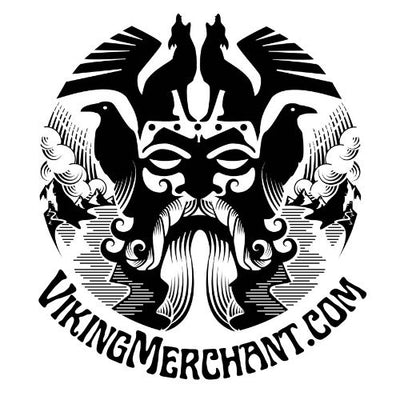Winter Nights (Vetrnætr): Welcoming Winter in Viking Tradition
Posted by Amber Lee on
Winter Nights, known as "Vetrnætr" in Old Norse, was a significant festival in the Viking calendar. Positioned at the cusp of winter, it was a poignant blend of celebration, reflection, and anticipation.

The Viking Age, spanning roughly from the late 8th to early 11th century, was a period marked by intense seasonal variations. As winter approached, the harshness of the Scandinavian climate made survival challenging. The onset of this season, therefore, held a deep symbolic and practical meaning for Viking communities.
Winter Nights was not just an acknowledgment of the changing seasons but a bridge between the living and the spiritual world. The Norse believed this was a time when the veil between the mortal realm and the otherworldly was at its thinnest.
-
Honoring Ancestors: It was a time to remember the deceased, reflecting the Vikings' deep-rooted ancestor veneration. Families would reminisce about their forebears, sharing tales of their valor, wisdom, and exploits.
-
Elves and Land Spirits: Alongside the ancestral spirits, Vetrnætr was also a time to appease and honor the land spirits (landvættir) and elves. These beings, integral to Norse cosmology, were believed to influence the fertility of the land and the well-being of its inhabitants.
Families would often set aside a portion of their meals, leaving them outdoors as an offering to ancestral spirits and supernatural beings. This was done to seek their blessings and ensure protection during the formidable winter months.
While "blót" refers to sacrifices or rituals in Norse tradition, Dísablót was a specific rite associated with Winter Nights, honoring the female deities and spirits, known as Dísir. This ritual further emphasized the festival's connection to fertility and protection.
As with many Viking celebrations, feasting played an essential role during Winter Nights. Communities would come together, sharing food and drink. This communal gathering was not just about merriment but also about reinforcing societal bonds in the face of impending winter challenges.
Given the thin barrier between realms during this period, it was also a favored time for seers and mystics to practice divination, offering insights into the future and seeking guidance for the community.
Though its practice changed and evolved, especially with the Christianization of Scandinavia, remnants of the Winter Nights tradition persist in modern Scandinavian celebrations. Today, honoring ancestors, celebrating the onset of winter, and gathering as a community during this period remain integral to many Scandinavian cultural practices.
Winter Nights, in its essence, encapsulates the Vikings' keen awareness of their environment, their deep spiritual beliefs, and their communal ethos. It serves as a testament to human resilience and the need to find meaning and connection in the face of nature's continual cycles.
